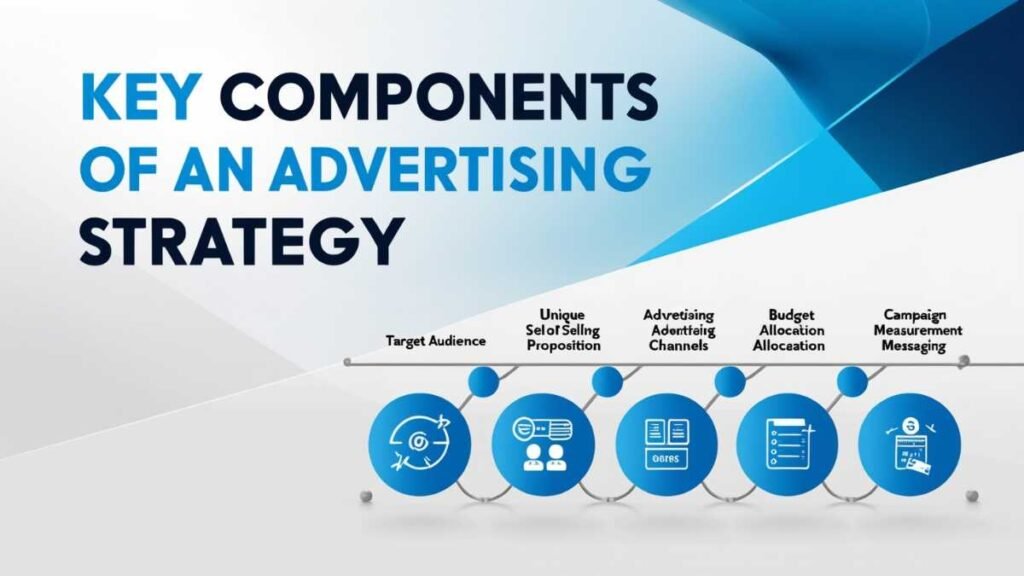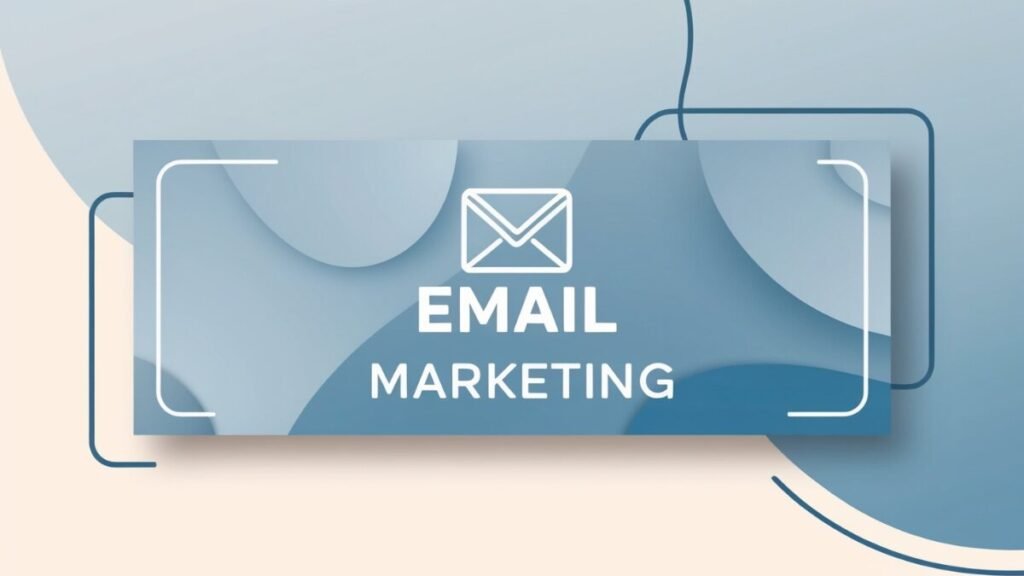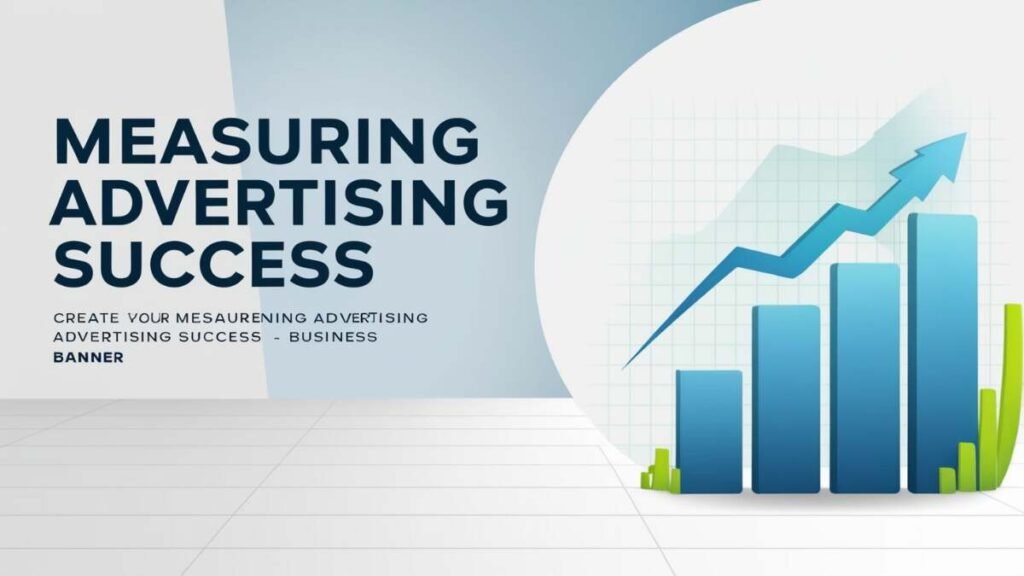
Ad in business has become an integral part of business strategy in today’s digital world. Effective advertising can make or break a brand with the changing behavior of the consumer and the emergence of digital platforms. This article will explore the importance of advertising in business, outline some essential advertising strategies, and show how digital marketing, media buying, and targeting the right segment of the population help to promote a business.
Why Advertising is the Key to Business Success
A successful business always attracts and retains customers. Advertising allows businesses to let their target market know what value, product, or service they are offering. Without proper advertising, even the most innovative businesses will not reach their target audience or grow sustainably. Advertising also boosts brand awareness. Such companies enjoy higher visibility and credibility, as when the same product is constantly witnessed or heard about through advertising, people start believing the brand and it becomes easier for businesses to form lasting relationships with customers.
How Advertising Moves the Needle on Sales and Revenue
A successful advertisement can send people to a website or store, thereby increasing business sales. Beyond the immediate sale is the creation of a customer base, where a business will have an improved chance of continuous revenue. Successful advertising must know the customer’s needs and how to translate them into a solution using good content. Companies that place their products with key customer pain points are most likely to convert leads into sales.
The Business’s Advertising Strategy
For any business to be competitive must have a coherent advertising strategy. Now, an advertising strategy simply is a plan in which the business determines how to reach its target market, communicate its message, and perhaps meet the goal. It includes defined objectives, budget, and appropriate media channels for the message it will communicate.
Key Components of an Advertising Strategy

Setting Goals
What does the business want to accomplish? Be it increased brand consciousness, sales, or launching a new product, goals make up the basis of the advertising plan.
Target Audience Segmentation
Knowing who the audience is and what they need is crucial. Businesses must identify their audience by using some criteria such as demographics and behaviors to personalize the message to the target audience.
Media Selection: Ad in Business
Depending on the audience, businesses can take advantage of traditional media (such as television, radio, and print) or digital platforms such as social media, Google Ads, and email campaigns.
Digital Marketing Impact on Advertisement
Digital marketing has changed the whole concept of business advertisement. With over half the world’s population going online, the reach of business owners is very unprecedented. Through digital marketing, business organizations can advertise better, track performance in real-time, and thus make data-driven decisions to optimize their advertising campaigns.
Important Tools of Digital Marketing for Advertising
Social Media Advertising: Ad in Business
Highly targeted advertisement solutions, Facebook, Instagram, and LinkedIn have platforms that allow businesses to reach specific demographics, interests, and behaviors.
Pay-Per-Click (PPC) Ads
Google Ads and Bing Ads allow businesses to show their ads to users who search for very specific keywords. This way, the business can catch users who are actively looking for the products or services they are offering.
Email Marketing

Personalized and automated messages to nurture and maintain customer leads for long-term business success.
Media Buying
Media buying is buying advertising space across all channels for the promotion of business. It is a critical aspect of advertising because where a business places its ads is just as important as the message itself.
Traditional vs. Digital Media Buying
Traditional Media Buying: Ad in Business
This comprises buying ad space in newspapers, magazines, billboards, TV, and radio. Though the use of traditional media has declined as digital platforms have grown, this medium is still effective for reaching a wider audience or a local audience.
Digital Media Buying
Digital media buying currently leads the way in today’s world. It refers to buying ad space online on websites, social media, and search engines. In digital media buying, the targeting is much more accurate, and advertisers can see performance metrics such as impressions, clicks, and conversions in real time.
Target Audience Segmentation
No advertising campaign can go further without the understanding of the target audience. Target audience segmentation is a grouping of broad consumers or business markets into smaller groups based on common characteristics, such as demographics, interests, or behavior.
Why Audience Segmentation is Important
Personalized Messaging
Segmentation helps businesses to create targeted or personalized messaging that suits certain groups.
Cost Efficiency: Ad in Business
Businesses can further minimize waste in the way of resources while advertising by focusing on particular groups that are likely to become paying customers.
Increased ROI
Audience segmentation will be right for businesses to spend their advertising dollar where it counts the most. With the right target audience, businesses stand a better chance of achieving higher ROI.
Brand Promotion
Another important point about advertising is that of brand promotion, which refers to the development of a consistent image for a brand and getting this image before as many people as possible. Good brand promotion enables a business to maintain top-of-mind awareness with consumers, making them the automatic choice when the customer is ready to buy.
Measuring Advertising Success

To finalize any advertising campaign, it is crucial to measure how effective the campaign was. In this case, businesses track engagement, reach, impressions, and conversions to know how well it served the purpose it was designed for.
Conclusion
Advertising is not merely a promotion but a stimulation of relevant interaction with customers to spur business growth and expansion. It ranges from identifying an effective advertising strategy to the utilization of digital marketing tools as well as audience segmentation. Businesses that invest in advertising are more likely to thrive in the competitive world of today.
FAQs
What is the heart part of a publicizing system?
With knowledge of their target customers, a business can create better advertisements that are more targeted to its audience.
How does digital marketing enhance advertising?
Precision and real-time performance targeting makes the optimization data-driven. This helps a business improve and measure its advertising efforts more effectively.
What is the contrast between media buying and media arranging?
Media planning is the process of coming up with a plan to place your advert, while media buying is about buying ad space.
Why does audience segmentation matter in advertising?
Audience segmentation enables the business to target a specific group that has a higher probability of responding to the advertisement, thereby making the campaign more efficient and cost-effective.
How do businesses measure the success of an advertising campaign?
Key metrics such as CTR, conversion rate, and ROAS are the measures to judge the success and effectiveness of the advertising campaign.





